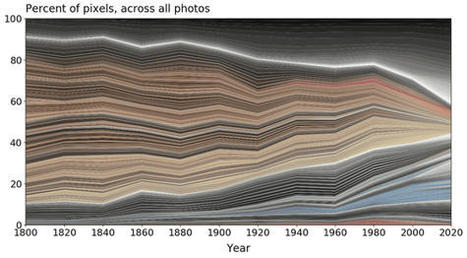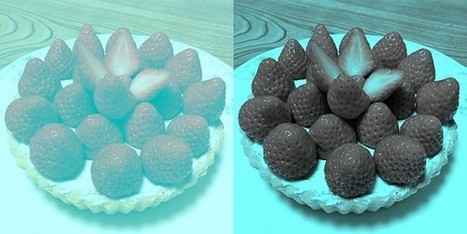As a result of analyzing more than 7000 photos in 21 categories of the online museum collection, it has been pointed out that the proportion of gray is gradually increasing in the world.
The most common color among the 7083 items targeted was 'charcoal gray'. Charcoal gray appeared in 80% of the photos surveyed, but in most cases it was in only a few pixels. Here is a diagram showing how the colors of various objects changed over time from 1800 to 2020. One of the points is that gray is increasing while brown and yellow are decreasing. thing. It also shows that highly saturated colors have been used since the 1960s. As an example, many of the 1844 telephones were made of mahogany, so there are a lot of brown and yellow ingredients. Presented as a 2008 phone, the iPhone is mostly gray and black. If you look at the color trends, you can see the trends of 'hidden colors' that you can't understand just by looking at them. Below are images of the 'pocket watch' in the dataset, with blue bands below each image to indicate that each photo contains a small amount of blue pixels. Depending on the watch, there are cases where the hands contain blue, but there are also examples where rust-resistant screws called bluing screws are used, and it is believed that blue was detected. .



 Your new post is loading...
Your new post is loading...














Color is imperceptibly retreating from our world, shows a study conducted over thousands of photos.